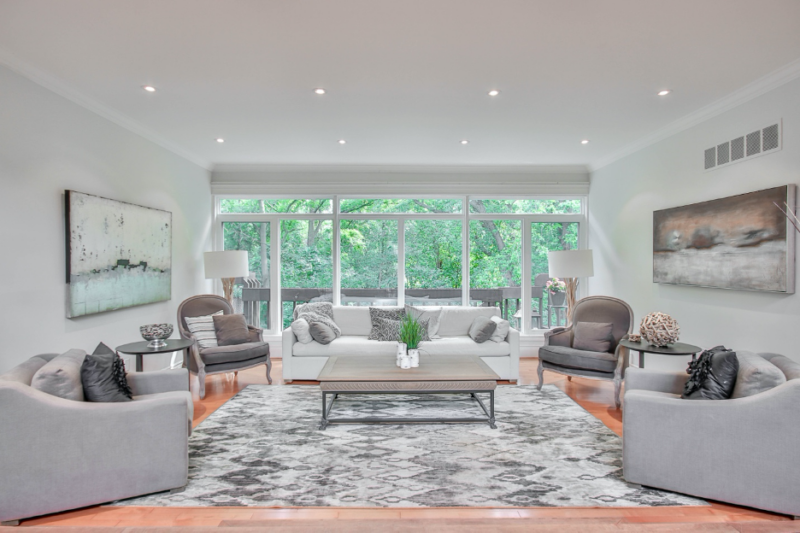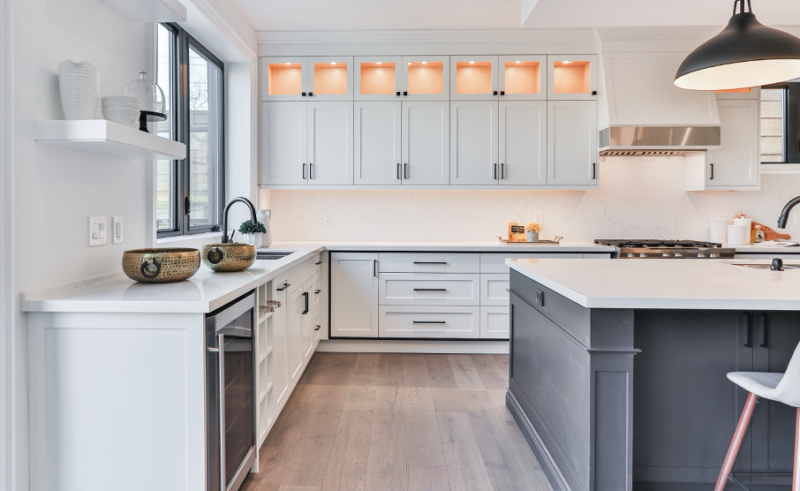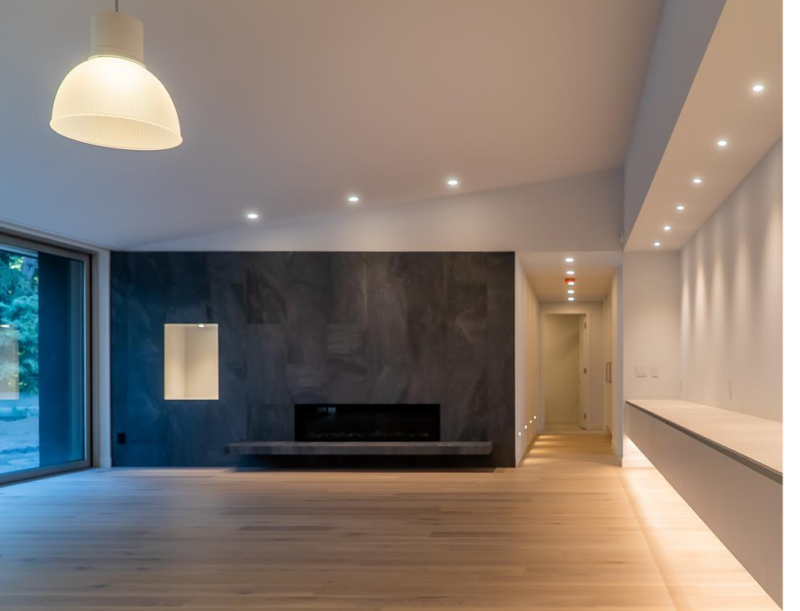Lotus LED Lights
Knowledge Base
Click the tabs below to learn more. If you can’t find an answer to your question, please contact us.
Which dimmers should I use?
We recommend LED dimmers with low range adjuster. This would allow you to set the lowest possible level before the fixtures start to flicker of shut off. This setting would also depend on the number of fixtures installed and the local line voltage. You can download the compatible dimmer list from here. We also have 0-10V dimmable drivers as option for most models.
How many fixtures can I install per dimmer?
Divide the dimmer rating by the power usage of the model and to be safe use up to 80% of the dimmer capacity. Example: for a CL dimmer rated for 150W LED load you can install maximum of 20 (recommended 16) of our 7.5W model LL3G.
How do I fix the flashing when I turn on Lutron Caseta dimmer?
Install the minimum load capacitor from Lutron anywhere in the circuit www.casetawireless.com/Documents/LUT-MLC.pdf
How could I make a Caseta Pro with Pico and 3-way switch work together?
Please see the below diagram and video courtesy of an electrician.
Lighting Basics
Please access the Lighting Basics PDF to learn more.
LED Drivers & Dimming
Please access the LED Drivers & Dimming PDF to learn more.
What is the difference between Ambient, Task, & Accent Lighting?
Ambient, Task or Accent Lighting
Utilizing space and selecting the right lighting is a vital point in designing, remodelling or creating an environment. Utilizing different lighting fixtures, lumens and color temperatures help in fulfilling a specific function.
There are a few important things to consider when designing yours space; lumens, color temperature, size and purpose.
The three categories of ambient, task or accent lighting can work together or separately to craft a space with distinctive, contemporary and functional lighting designs.
Ambient Lighting
Ambient lighting is step one of any design processes. It helps create the general and uniform lighting for everyday living and is typically diffused, and often dimmable to accommodate both day and nighttime. It’s primary goal is to provide general distribution of light.
Things to consider are dimensions of the space, and beam angle of fixtures placed accordingly to accommodate a consistent level of lighting without dark areas.

Different types of ambient lighting:
- Ceiling-mounted or recessed fixtures
- Wall sconces or floor lamps – wash walls & ceiling with light
- Cove lighting – bounce light off celling & walls
Task Lighting
Direct, and targeted illumination over an area that requires more ambient lighting. Effective task lighting should minimize hot spots, glare, and multiple surface shadows.

Different types of task lighting:
- Recessed or track lighting
- Pendants
- Under-cabinet lighting
- Floor, desk and table lamps
- Bathroom vanity lights
Accent Lighting
Directional light with primary purpose of highlighting and bringing attention to a particular area, object or detail. This is the final layer to creating a space that frees up creativity and provides possibilities of creating a personalized detail. By using an illuminating and brighter directional fixture a interest point for the viewer is created.

Different types of accent lighting:
- Recessed Spot Lighting
- Wall lighting
- Track Lighting
- Wall-mounted picture light